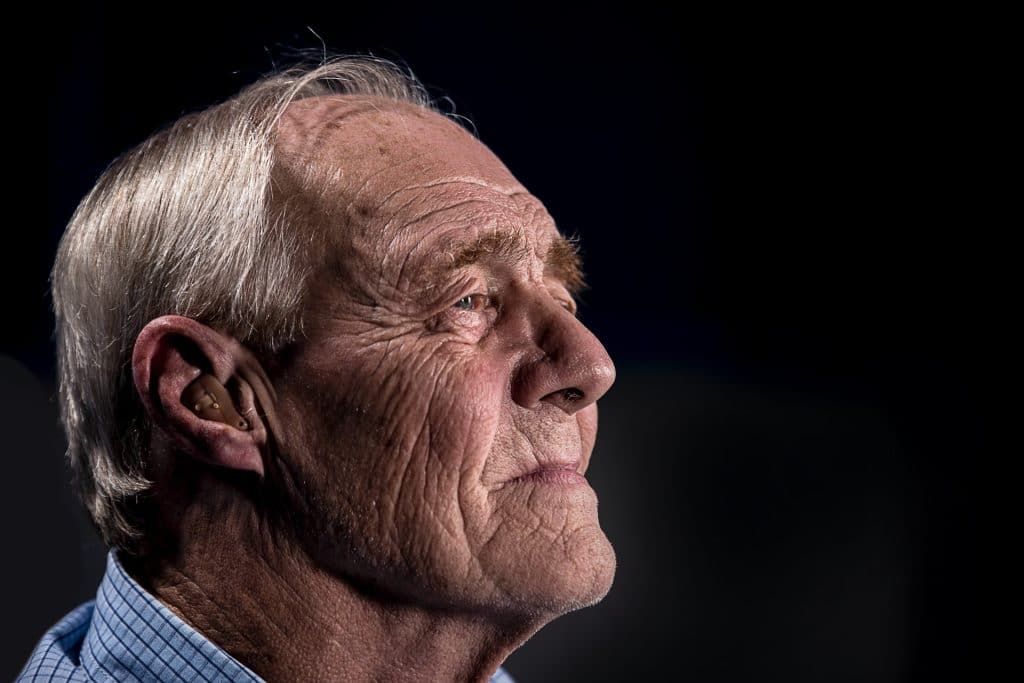We know that staying connected and engaged is ideal for healthy aging, but here’s the kicker—many older seniors want to be more involved, and yet something’s holding them back. Let’s continue with our Series and take a closer look at the key barriers which prevent older adults from diving into work, volunteering, and other community activities.
- Outdated Beliefs About Old Age
Let’s face it—ageism is still a thing. Too many people believe once you hit a certain age, you’re past your prime – and that makes it tough for older adults to find meaningful work or volunteer opportunities. These outdated attitudes ignore the fact that many seniors today are healthier, more educated, and just as capable as ever. Spoiler alert: aging doesn’t mean you’ve got nothing left to give.
- Working in Silos
One big problem is that efforts to help older adults get back into the workforce or into volunteer roles often don’t connect across different sectors. Governments may offer subsidies to hire older workers, but businesses aren’t always on the same page, and non-profits might not have the resources to coordinate. It’s like trying to solve a puzzle without all the pieces—it just doesn’t click.
- Inequitable Access to Opportunities
Not everyone ages the same way. Factors like education, income, and gender can affect access to opportunities. For example, women, especially in lower-income countries, still lag behind men in literacy rates. This limits their ability to participate fully in the workforce or community activities, leaving some people who could benefit the most on the sidelines.
- Gaps in Support Systems
In some places, there’s a real lack of structural support for older adults. We’re talking about things like anti-age-discrimination laws or programs that encourage lifelong learning. Only about 63% of UN member states have laws protecting older adults from age-based discrimination. Without these policies in place, older adults are left to navigate a system that isn’t very well built for them.
- Data Blind Spots
It’s hard to solve a problem when you can’t see it clearly. Many countries don’t have reliable data on older adults or their participation in society, which means we’re often flying blind when trying to address their needs. Without good data, it’s tough to know where the biggest gaps are—or how to close them.
- Lack of Evidence-Based Solutions
When it comes to interventions designed to help older adults get involved, many aren’t backed by solid research. This leads to hit-or-miss solutions that don’t always work as well as intended. What we need are evidence-based programs which we know can make a real difference.
What’s the Bottom Line?
There’s no question that societal participation benefits older adults—and society as a whole. But to make it happen, we need to address these barriers head-on. That means updating our views on aging, improving coordination across sectors, ensuring equal access to opportunities, and putting stronger support systems in place. It also means gathering better data and investing in programs that are proven to work – which information comes to us from the McKinsey Health Institute (MHI).
With the right changes, we can create a world where aging adults aren’t just sitting on the sidelines—they’re leading the charge. Our next Series explores examples of other places which have 1. overcome the Outdated Beliefs about Old Age, and 2. connected Resources and Sectors to avoid the Silo approach, and 3. created better Access to Opportunities.

